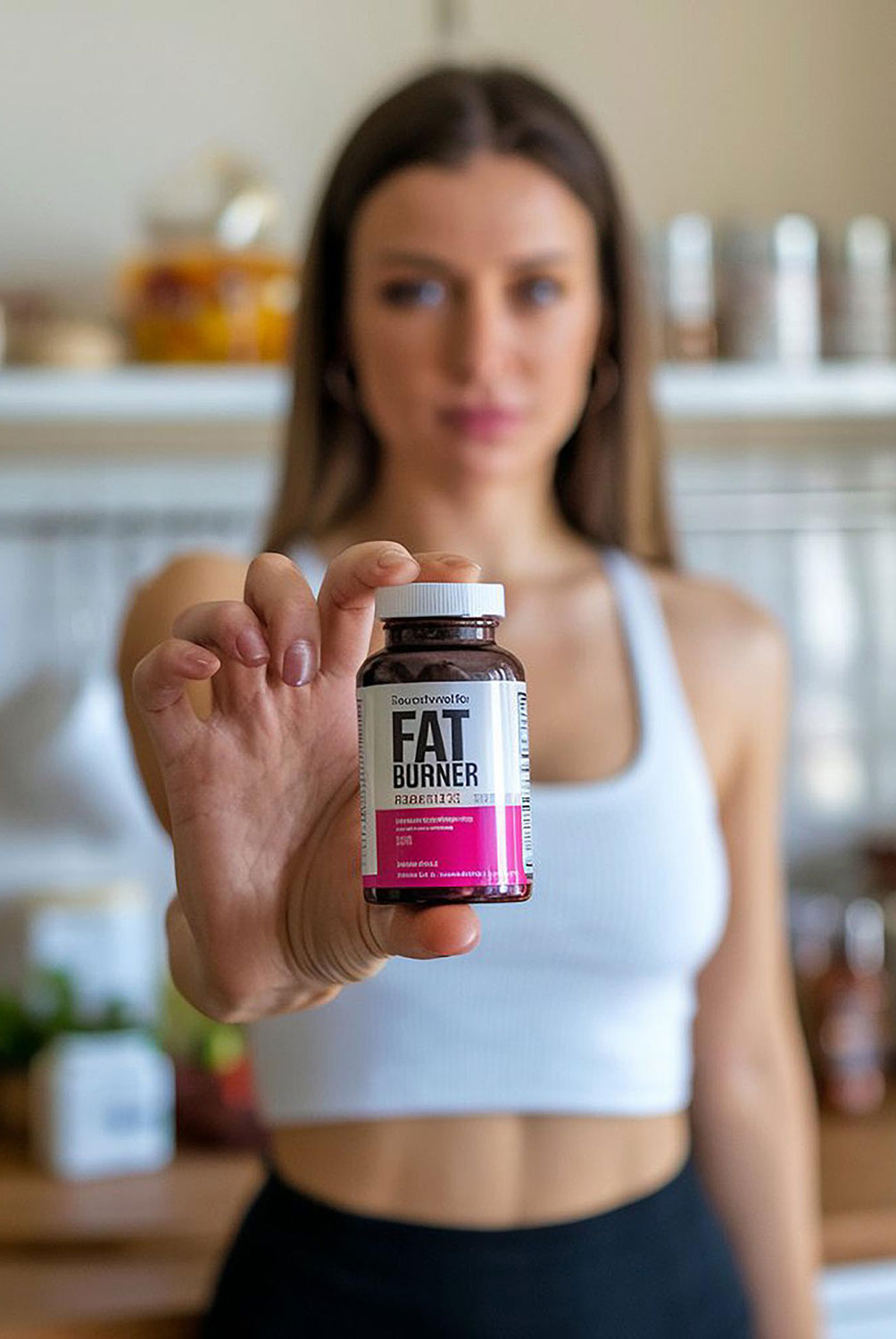5 Best Whitening Toothpaste

5 Best Whitening Toothpaste
Table of Contents
A bright, confident smile is one of the most powerful assets we possess. It communicates warmth, health, and vitality before we even speak a word. In the quest for this radiant smile, whitening toothpaste has become a cornerstone of daily oral care routines for millions. It promises to lift away years of stains from coffee, tea, and life’s other pleasures, all from the convenience of your bathroom sink. But with a dizzying array of products on the market, each boasting unique formulas and bold claims, how do you find the one that truly delivers?
Navigating the world of whitening toothpaste can be confusing. What do terms like “hydrogen peroxide,” “activated charcoal,” or “hydrated silica” actually mean? Can a toothpaste really make your teeth several shades whiter, and is it safe for daily use? This guide is designed to be your definitive resource, cutting through the marketing jargon to provide clear, science backed answers.
We will explore the mechanisms behind how whitening toothpastes work, break down the key ingredients to look for, and help you choose the perfect product based on your specific needs, whether you have sensitive teeth, stubborn stains, or a preference for natural ingredients. We will also review some of the top rated whitening toothpastes on the market, provide expert tips for maximizing their effectiveness, and address common questions about safety and side effects. Get ready to move beyond the hype and discover the best whitening toothpaste to unlock your most brilliant smile yet.
The Science of a Brighter Smile
Whitening toothpastes achieve a brighter smile through two primary mechanisms: removing surface stains and, in some cases, lightening the actual color of the tooth. Understanding this distinction is key to setting realistic expectations.
1. Physical Abrasion for Surface Stain Removal
Most whitening toothpastes contain mild abrasives. These are fine particles designed to gently scrub and polish the surface of your teeth, physically removing extrinsic stains. These are the stains that sit on the outer layer of your enamel, caused by daily consumption of things like:
- Coffee and tea
- Red wine
- Berries and dark sauces
- Tobacco use
Think of this process like exfoliating your skin. The abrasives lift away the discolored film without altering the intrinsic, or natural, color of your teeth.
2. Chemical Agents for Deeper Whitening
More advanced whitening toothpastes incorporate chemical bleaching agents to tackle stains on a deeper level. These ingredients penetrate the tooth enamel to break down the chromogens (the colored compounds) that cause both extrinsic and intrinsic discoloration.
- Hydrogen Peroxide: This is a powerful and fast acting bleaching agent. It releases oxygen molecules that break the chemical bonds of stain compounds, making them colorless. It is the same ingredient used in many professional whitening treatments, albeit at a much lower concentration in toothpaste.
- Carbamide Peroxide: This is a more stable compound that breaks down into hydrogen peroxide and urea when it comes into contact with water and saliva. It releases hydrogen peroxide more slowly, making it a gentler option that is often preferred for at home products and for individuals with sensitive teeth.
By combining these physical and chemical actions, modern whitening toothpastes can offer a comprehensive approach to achieving a noticeably brighter smile.
Key Ingredients in Whitening Toothpaste
When you’re standing in the toothpaste aisle, the ingredient list can look intimidating. Here’s a breakdown of the key players to help you make an informed choice.
- Abrasives (The Polishers)
- Hydrated Silica: This is one of the most common and effective mild abrasives. It provides excellent cleaning and stain removal without being overly harsh on enamel.
- Calcium Carbonate: Another gentle abrasive that helps to remove plaque and surface stains.
- Baking Soda (Sodium Bicarbonate): Known for its mild abrasive properties and its ability to create an alkaline environment that can help lift stains.
- Bleaching Agents (The Whiteners)
- Hydrogen Peroxide: Look for this for more significant whitening power. Concentrations in toothpaste are low (typically 1% to 5%) but can deliver noticeable results over time with consistent use.
- Carbamide Peroxide: A gentler alternative that provides a more gradual whitening effect.
- Enzymes (The Natural Stain Removers)
- Papain (from papaya) and Bromelain (from pineapple): These natural enzymes work by breaking down the protein film (pellicle) that covers your teeth, where stains often attach. This helps to gently lift away stains without physical abrasion.
- Enamel Strengtheners and Sensitivity Reducers
- Fluoride (Sodium Fluoride, Stannous Fluoride): Essential for preventing cavities and strengthening tooth enamel. Strong enamel is also less prone to staining.
- Potassium Nitrate: A key ingredient for sensitive teeth. It works by calming the nerves inside the tooth, reducing the pain associated with sensitivity to hot, cold, or sweet stimuli.
- Nano Hydroxyapatite (n-Ha): A revolutionary ingredient that is a synthetic form of the natural mineral that makes up most of our tooth enamel and dentin. It helps to remineralize and repair enamel, reduce sensitivity, and provide a gentle whitening effect by filling in microscopic surface imperfections.
- Other Ingredients to Note
- Sodium Lauryl Sulfate (SLS): This is a surfactant that creates the foaming action in many toothpastes. While generally safe, some people find it can cause irritation or canker sores. Many natural and sensitive formulas are now SLS free.
Choosing the Best Whitening Toothpaste for You
The “best” whitening toothpaste is not a one size fits all solution. The ideal choice depends on your unique dental needs, goals, and sensitivities.
- For Stubborn, Deep Set Stains:If you’re a regular coffee or red wine drinker, or have stains from years of smoking, you’ll benefit most from a toothpaste containing a chemical bleaching agent like hydrogen peroxide. These formulas offer the power needed to break down deeper stains.
- For Sensitive Teeth:Whitening and sensitivity often go hand in hand. If your teeth are sensitive, look for formulas that contain potassium nitrate or nano hydroxyapatite (n-Ha). These ingredients actively work to soothe nerves and rebuild enamel. Opt for toothpastes with lower levels of abrasives and potentially carbamide peroxide instead of hydrogen peroxide for a gentler whitening action.
- For a Natural Approach:If you prefer to avoid synthetic chemicals, look for toothpastes that use natural enzymes (papain, bromelain), mild abrasives (baking soda, calcium carbonate), and activated charcoal (use with caution, as it can be abrasive). Many natural brands are also fluoride free and SLS free.
- For Enamel Health and Prevention:If your main goal is to maintain your current shade and prevent future stains while strengthening your teeth, a formula with fluoride and nano hydroxyapatite is an excellent choice. These ingredients focus on building a strong, healthy, and resilient tooth surface.
- For Quick Results:While toothpaste offers gradual results, formulas with higher concentrations of hydrogen peroxide (like those labeled “Pro Series” or “Advanced”) will typically deliver the fastest and most noticeable changes.
Top Picks for a Brighter Smile
After reviewing dentist recommendations, user feedback, and ingredient efficacy, here are some of the top performing whitening toothpastes available.
1. Best Overall with Hydrogen Peroxide
- Colgate Optic White Pro Series Whitening Toothpaste
- Why it’s a top pick: This toothpaste is frequently recommended by dentists for its powerful whitening capabilities. It contains a professionally recommended concentration of 5% hydrogen peroxide, which is significantly higher than most over the counter whitening toothpastes. This allows it to work on both surface stains and deeper intrinsic stains for noticeable results.
- Key Ingredients: 5% Hydrogen Peroxide, Fluoride.
- Best for: Individuals looking for significant and relatively fast whitening results who do not have major tooth sensitivity.
2. Best for Sensitive Teeth
- Sensodyne Pronamel Gentle Whitening Toothpaste
- Why it’s a top pick: Sensodyne is the gold standard for sensitivity relief, and this formula masterfully combines that benefit with gentle whitening. It uses potassium nitrate to soothe tooth nerves and sodium fluoride to strengthen and protect enamel from acid erosion. Its whitening action comes from low abrasion hydrated silica, which polishes away surface stains without causing further irritation.
- Key Ingredients: Potassium Nitrate, Sodium Fluoride, Hydrated Silica.
- Best for: Anyone with sensitive teeth who wants to gently brighten their smile while actively protecting their enamel.
3. Best for Natural Ingredients and Enamel Remineralization
- RiseWell Natural Hydroxyapatite Toothpaste
- Why it’s a top pick: RiseWell is at the forefront of the hydroxyapatite movement. This fluoride free toothpaste uses naturally derived nano hydroxyapatite (n-Ha) to remineralize tooth enamel, effectively making teeth stronger, smoother, and naturally whiter over time. It’s incredibly gentle and safe for the whole family. The whitening is a result of restoring the enamel to its healthy, natural state.
- Key Ingredients: Hydroxyapatite, Xylitol, Silica.
- Best for: Those seeking a natural, fluoride free option that prioritizes long term enamel health and provides gentle, restorative whitening.
4. Best for Fast Results and Stain Removal
- Crest 3D White Brilliance Toothpaste
- Why it’s a top pick: The Crest 3D White line is famous for its whitening power, and the Brilliance formula is one of its most advanced. It uses a combination of highly effective stain removing abrasives and micro cleansing whiteners to remove up to 100% of surface stains in just a few days. It creates a satisfying foaming action that leaves your mouth feeling exceptionally clean.
- Key Ingredients: Hydrated Silica, Fluoride.
- Best for: People who want fast, visible removal of surface stains and a polished feeling.
5. Best Peroxide Free Whitening Option
- Opalescence Whitening Toothpaste
- Why it’s a top pick: From the makers of professional dental whitening treatments, this toothpaste is designed to be highly effective yet safe for daily use, even on sensitive teeth. It uses a unique low abrasion silica blend to remove surface stains without damaging enamel. It also has a high fluoride uptake, which aids in strengthening teeth. It’s an excellent choice for maintaining the results of professional whitening treatments.
- Key Ingredients: Sodium Fluoride, Silica, Xylitol.
- Best for: Maintaining professionally whitened teeth or for those who want effective whitening without peroxide.
How to Use Whitening Toothpaste for Maximum Results
Simply switching your toothpaste isn’t enough. How you use it matters.
- Brush Consistently: Use the whitening toothpaste twice a day, every day. Consistency is the key to seeing gradual results.
- Use the Right Amount: A pea sized amount of toothpaste is all you need for an adult.
- Brush for Two Minutes: Most people rush their brushing. Time yourself to ensure you are brushing for a full two minutes, which allows the active ingredients to work on your teeth.
- Use Proper Technique: Use a soft bristled toothbrush and gentle, circular motions to clean all surfaces of your teeth. Avoid aggressive back and forth scrubbing, which can damage enamel and gums.
- Be Patient: Whitening toothpaste provides gradual results. Don’t expect a dramatic transformation overnight. It may take several weeks of consistent use to see a noticeable difference.
- Manage Your Diet: Continue to enjoy coffee and tea, but consider rinsing your mouth with water after consumption to help prevent new stains from setting.
Potential Side Effects and How to Manage Them
The most common side effect associated with whitening toothpastes is tooth sensitivity.
- Tooth Sensitivity: This can occur if the whitening agents penetrate the enamel to the sensitive dentin layer beneath. It often feels like a sharp, temporary pain in response to hot or cold stimuli.
- How to Manage: If you experience sensitivity, try alternating your whitening toothpaste with a toothpaste specifically for sensitive teeth (like Sensodyne). You can use the whitening paste in the morning and the sensitivity paste at night. If sensitivity persists, discontinue use and consult your dentist.
- Gum Irritation: Some people may experience mild irritation, redness, or inflammation of the gums, especially with stronger hydrogen peroxide formulas.
- How to Manage: Ensure you are not brushing your gums too aggressively. If irritation occurs, reduce the frequency of use or switch to a gentler formula.
Frequently Asked Questions (FAQ)
- Q1: How long does it take for whitening toothpaste to work?
- A1: The timeline for results varies depending on the type of toothpaste, the severity of your stains, and your consistency. For toothpastes that work by removing surface stains, you may notice a brighter appearance in as little as a few days to two weeks. For formulas with hydrogen peroxide that work on deeper stains, it may take four to six weeks of consistent use to see a noticeable shade improvement.
- Q2: Can whitening toothpaste damage my tooth enamel?
- A2: When used as directed, whitening toothpastes sold by reputable brands and accepted by dental associations (like the American Dental Association) are considered safe for enamel. They use mild abrasives that are designed to remove stains without scratching the tooth surface. However, overuse or aggressive brushing with any toothpaste can potentially lead to enamel wear over time. Always use a soft bristled brush and gentle pressure.
- Q3: Is it safe to use whitening toothpaste every day?
- A3: Yes, most whitening toothpastes are formulated for safe daily use. In fact, they are designed to be used twice a day to achieve and maintain results. Many also contain fluoride and other ingredients essential for daily oral health, such as cavity prevention and enamel strengthening. If you have very sensitive teeth, you might consider alternating with a sensitivity toothpaste.
- Q4: Will whitening toothpaste make my crowns, veneers, or fillings whiter?
- A4: No, this is a very important point. Whitening agents, whether in toothpaste or professional treatments, do not change the color of dental restorations like crowns, veneers, fillings, or bonding. These materials are impervious to bleaching agents. A whitening toothpaste can help remove surface stains from your restorations to bring them back to their original shade, but it cannot lighten them further. If you whiten your natural teeth, you may notice a color mismatch with your existing dental work.
- Q5: What is the difference between whitening toothpaste and whitening strips?
- A5: The main differences are the concentration of the whitening agent and the duration of contact. Whitening strips typically contain a higher concentration of hydrogen peroxide and are held against the teeth for an extended period (e.g., 30 minutes). This allows for more dramatic and faster results. Whitening toothpaste has a much lower concentration and is only in contact with your teeth for the two minutes you are brushing. Toothpaste is excellent for gradual whitening and maintaining a bright smile, while strips are better for a more significant, periodic whitening boost.











